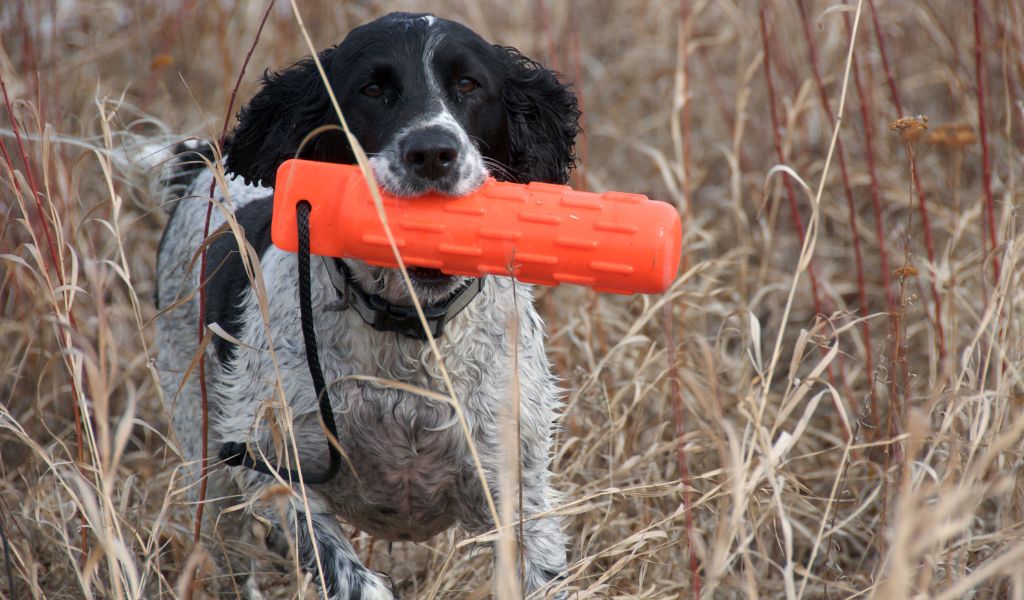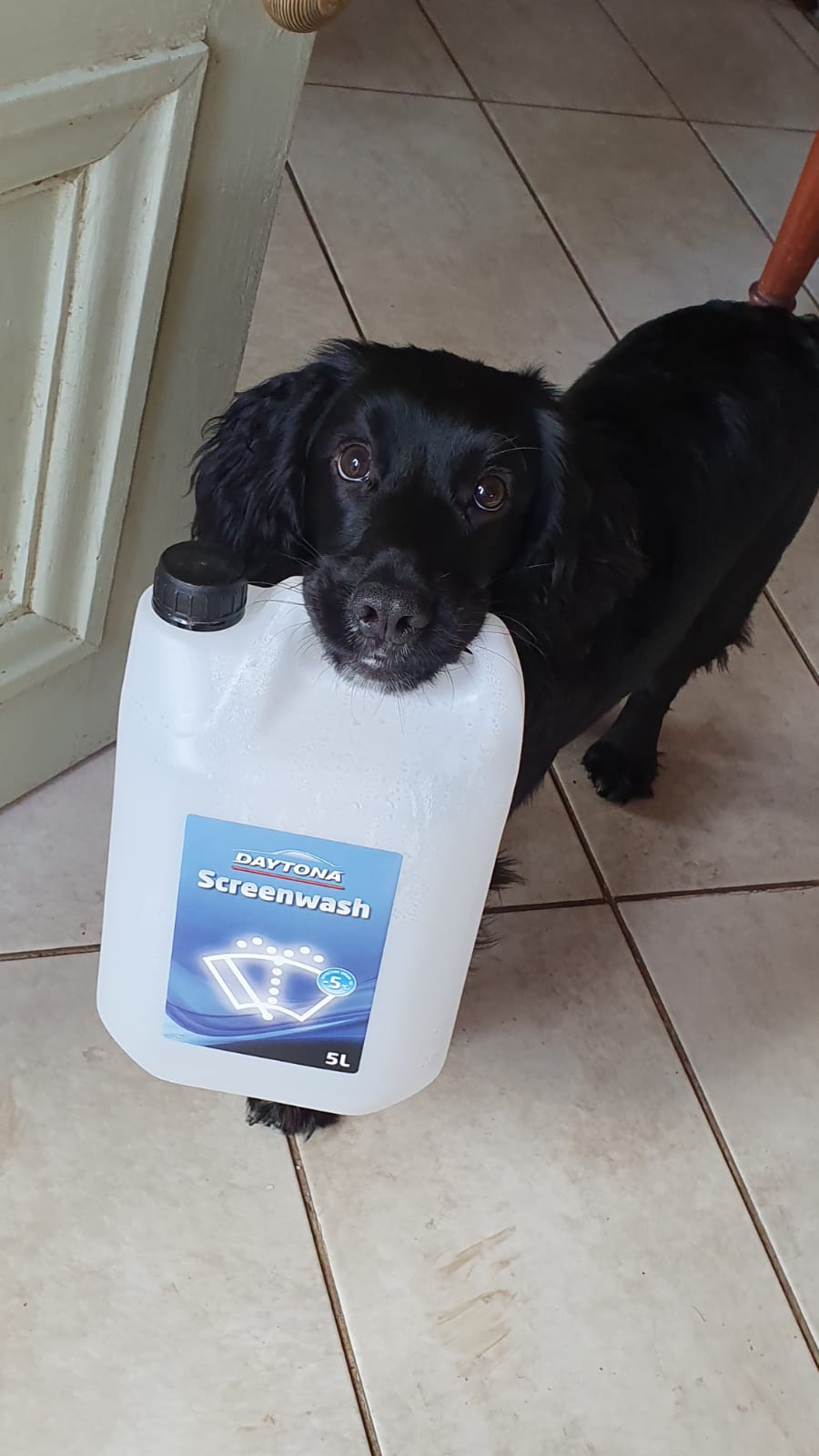Today I started working with Nimrod on the ‘get back command’.
To re-cap Nimrod is my Cocker Spaniel puppy, his father won the 2019 Cocker Spaniel Championship in the UK and his mother is a really biddable working dog from the North East UK.
Nimrod is just 8 months old and his training is progressing well so today I decided to begin helping him with the ‘get back command’.
Training a gundog to get back is a vital instruction if you are planning to work your dog or enter working tests or field trials. All spaniels and retrivers will, at some point, be expected to deal with blind retrieves or retrieves from water, and, having the ability to control and direct your gundog, is vital to success.
I’ll cover methods of teaching our spaniel left and right directions in other posts, for now we’ll focus on teaching our dog how to get back when instructed.
How to teach get back to a spaniel
By now our spaniel should be a reasonable retriever of the dummy, tennis ball or whatever item you have chosen to use.
It is helpful if your dog has some steadiness to the dummy.
By this I mean that you can sit him down, off the lead, and he will wait until you tell him to fetch the retrieve.
If he is unsteady then I’d encourage you to wait and improve his steadiness before you progress onto this exercise.
One of the best ways to get quick success with this area of training is to find somewhere suitable that lends itself nicely to the exercise.
Try and find a place like a track, pathway or alley – somewhere where there are no distractions and where it is quite easy for the dog to run backwards and then return to you without running off to the side.

Taking your spaniel, on his lead, walk along the track and, showing him the dummy, drop the dummy on the track and continue walking with him.
After about 20 yards or so, stop, get your dog to sit down and carefully take his lead off.
Watch him for running after the dummy and be prepared to stop him – physically if needed.
If he does run off and gets away, then don’t make a fuss, get him to fetch the dummy and start again.
Now, we need to aim to have the spaniel between ourselves and the dummy ( so he is in the middle).
We send him off with a hand signal and the voice command ‘fetch’ followed instantly by the command ‘back’.
Our hand signal is either left or right hand ( whichever you choose), we extend the arm fully and, with the palm downwards, throw our arm above our head, at the same time giving the verbal command.
Encourage the dog to retrieve the dummy
We then let the dog fetch the retrieve and bring it to hand as normal. Praising him for doing a good job.
To make the initial exercise easy for the dog don’t put the dummy into deep cover, leave it visible or in short grass and think about the wind direction.
In the early stages send the dog into the wind, so that the scent from the dummy is blowing into his face.
If you make it easier in the early stages then you help to ensure that your spaniel gets it right quickly, this boosts his confidence, we avoid mistakes and minimise problems.
By trying to use a path, alleyway or narrow track, we are preventing the dog from going off to the side and are encouraging him to go straight back, which again helps to ensure quick success.

Try different locations and increase the distance
As your spaniel gets better and more familiar with the ‘back command’, start to increase the distance. Work with different wind directions and try different types of dummies or tennis balls for the retrieve.
Eventually, with patience and practice, you will be able to plant the retrieve, without your spaniel having seen it, and you’ll be able to send him back successfully.
This forms one of the building blocks of blind retrieving for your dog and one that you should take time to develop with your spaniel.
Keep it varied
As your dog gains in ability and confidence you can begin to mix things up.
Plant a blind retrieve in an area where you need your dog to ‘get back’ and then throw a marked retrieve (one that he sees).
Work with him to fetch the blind dummy, using the back command and stopping him on the whistle using your hand signals to handle him into the wind.
With some creativity and a supply of dummies you can set up a variety of scenarios to help your dog with his education.
Final Words
It’s important for you to help your dog to understand the get back command, both for work and for competitions.
Using a narrow location where it is tricky for your dog to run to either side means that your dog has no option other than to ‘get back’ and find the dummy.
Don’t overdo it, keep it varied and he’ll soon understand what is needed.

